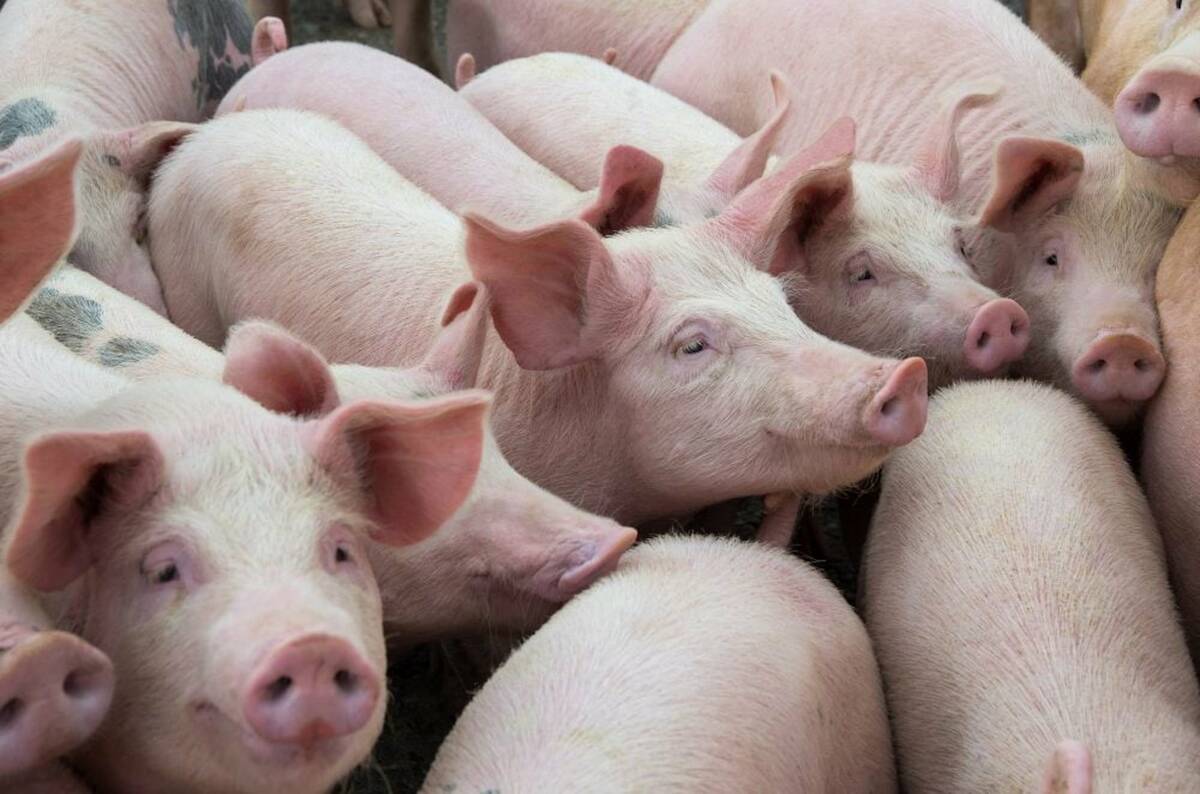U.S. live cattle futures closed at their highest level in nearly five months on Tuesday as corn prices continued to retreat, with analysts saying the market might be signaling that the record rally in corn is over for now.
Feeder cattle futures at the Chicago Mercantile Exchange (CME) were also higher, rising even more than live cattle as any decline in feed costs would benefit feeders that are fattened with corn for the dining table.
Traders said the cattle markets were also supported by a rise in beef prices as grocers bulked up on supply ahead of Labour Day on Sept. 3.
Read Also

Spain probes whether swine fever outbreak was caused by lab leak
A research centre outside Barcelona will be investigated after Spain’s Agriculture Ministry said a recent swine fever outbreak could have been caused by a laboratory leak.
U.S. Department of Agriculture data on Tuesday showed that the wholesale price of choice-grade beef rose $2.32 to $189.21 per hundredweight (cwt), and select grade increased $2.42 to $181.84 per cwt (all figures US$).
There was also unwinding of bearish spreads in live cattle futures, the traders said.
Corn futures at the Chicago Board of Trade (CBOT) have tumbled seven per cent since setting a record high $8.49 a bushel on Friday when USDA slashed its estimate of this year’s drought-hit corn crop by 17 per cent.
But corn futures as measured by the benchmark December contract are still 56 per cent higher from mid-June when the worst drought in 56 years began stoking a sharp rally.
"Evidently, the market is endorsing the idea that corn has topped out," said broker Dennis Smith of Archer Financial Services.
During the time when corn futures were rallying, feeder cattle prices tumbled 14 per cent from mid-June to mid-July before rebounding about seven per cent to around 143 cents a pound.
Industry data shows that it takes about six pounds of corn to produce one pound of beef on a live weight basis, or live animal, once a steer or heifer weighing about 700 lbs. enters a feedyard to be fattened to about 1,250 lbs.
That equates to about 86 cents of corn for each pound of beef on a live animal when corn is $8 per bushel. For the 550 lbs. in weight gained at the feedlot, the cost is about $470 per head.
Smith said feeder cattle futures were also supported by tight supplies at auction barns. "The runs have not been as heavy as expected," he said.
There have been anecdotal accounts of ranchers rushing their cattle to feedyards and auction barns well ahead of time due to soaring feed costs, including hay, and scorched pastures.
The drought in the Midwest farm belt comes on the back of another in the southern Plains last year that led to herd liquidation and tightening of U.S. cattle supplies to the smallest in nearly 60 years.
Peter Adams, principal at PNM Trading, pointed to corn futures falling sharply over the past two sessions for the rise in cattle futures.
He, too, said that the cattle market might be signaling that corn prices have peaked, but his personal stance was one of caution in the wake of the drought decimating the corn crop.
Benchmark October live cattle futures ended 0.4 per cent higher at 126.900 cents, the highest close since March 28.
Most-actively traded September feeder cattle closed 1.6 per cent higher at 145 cents/lb. after hitting a session high of 145.1, the highest since July 11.
— K.T. Arasu writes for Reuters from Chicago.














